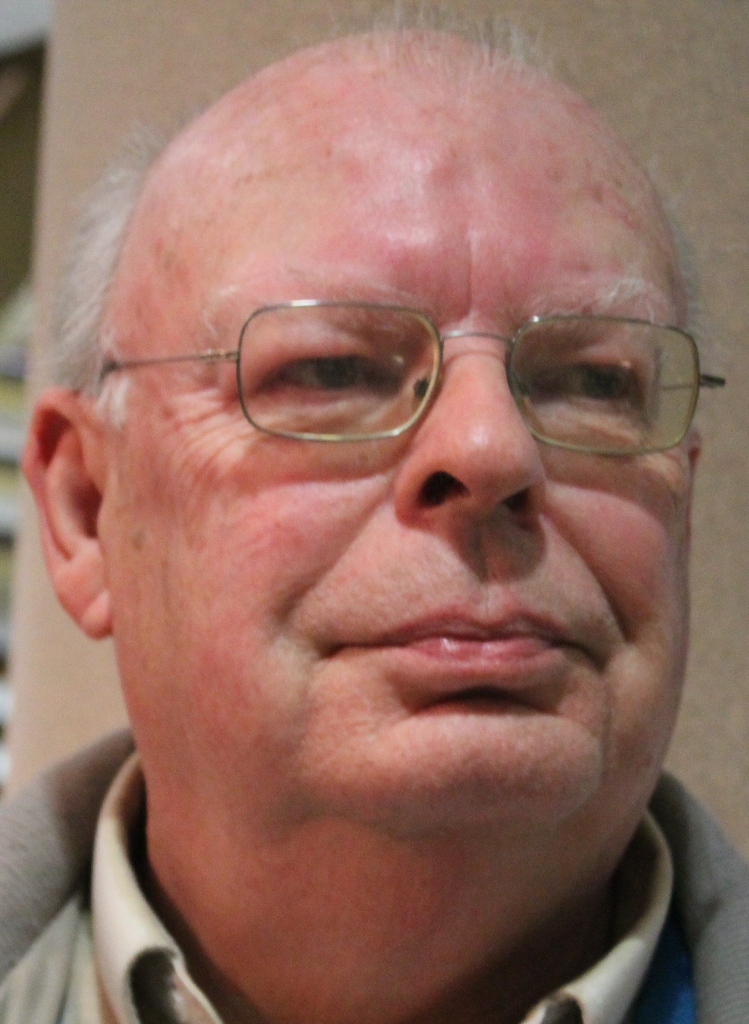The County Line
 I was asked recently if there are any Hamilton County natives who made a national impact with their life’s work. I could think of several men who fit the bill. There may be others, but five come to mind who became famous beyond our boundaries.
I was asked recently if there are any Hamilton County natives who made a national impact with their life’s work. I could think of several men who fit the bill. There may be others, but five come to mind who became famous beyond our boundaries.
One is a nationally known journalist, one was a somewhat mysterious foreign diplomat and artist, one was a recognized mental health expert, one was a politician who championed assistance to military veterans, and the other, unfortunately, had a dark side and was tried for treason.
The award-winning journalist is Steve Inskeep who hosts National Public Radio’s Morning Edition. He claims Carmel as his hometown where he grew up and graduated from high school followed by graduation from Morehead State University.
The author of three books, Inskeep and his wife and two children, now live in the Washington, D.C. area. He has traveled the world including war zones in Iraq and Afghanistan, bringing his news reports to millions of morning listeners.
Dr. Larue Carter, born in Westfield in 1880, served under Gen. John J. Pershing during World War I where he first encountered victims of Shell Shock, part of a group of battlefield mental problems now known as Post Traumatic Stress Disorder or PTSD.
Carter returned to Indiana to teach neurology and help organize what became the widely acclaimed Larue Carter Hospital for treatment of mental disorders. Dr. Carter died in 1946.
Richard Roudebush, born near Noblesville in 1918, served in the U.S. Army during World War II and after the war became national commander of the Veterans of Foreign Wars.
He was elected to Congress in 1960, serving 10 years. He worked to meet the needs of veterans. In 1974 he was named director of the Veterans Administration. The Roudebush Veterans Hospital in Indianapolis is named for him.
Unknown to most Americans, the mysterious diplomat may be the best way to describe Worthington Hagerman. Born in rural Clay Township in 1878, he wanted to be an artist. He eventually went to France to study art, but was inducted into the U.S. Diplomatic Service.
Between the two world wars he served assignments that were never revealed. He was in neutral Lisbon, Portugal during World War II, and likely assisting Jews to escape war-torn Europe, according to one of the few records of his career that survive.
After the war, he finally pursued his art career in New Mexico. His paintings are still sold for high prices. Worthy died in 1964.
Finally, there is William Dudley Pelley, who was not a Hamilton County native, but at one time was the most controversial resident. He was a man of many pursuits: Hollywood screenwriter, author, magazine editor, founder of a small college, and leader of a national fascist organization known as the Silver Legion.
In the late 1930s Pelley got the personal attention of President Franklin Roosevelt because of his speeches and writings supporting some Nazi positions. Roosevelt had J. Edgar Hoover’s FBI investigate Pelley who, by 1940, had moved to Noblesville. He was charged with treason and jailed until the end of the war.
In Noblesville in the late 40s, Pelley went into religious publication work, producing material under the name Soulcraft. He died here in 1965, but even in death got national attention when the FBI investigated a cross burning in front of the funeral home planning Pelley’s funeral. It was only a prank by local teenagers.
So there you have the stories of five personalities who at one time or another have attracted the attention of the nation for better or worse. Four out of five for the better.
